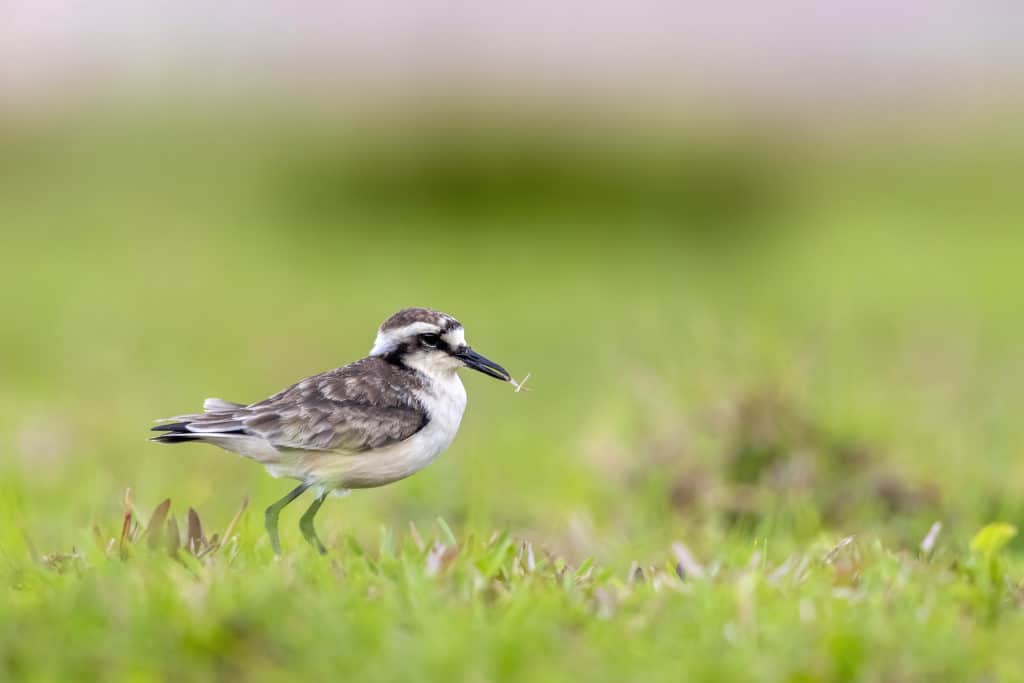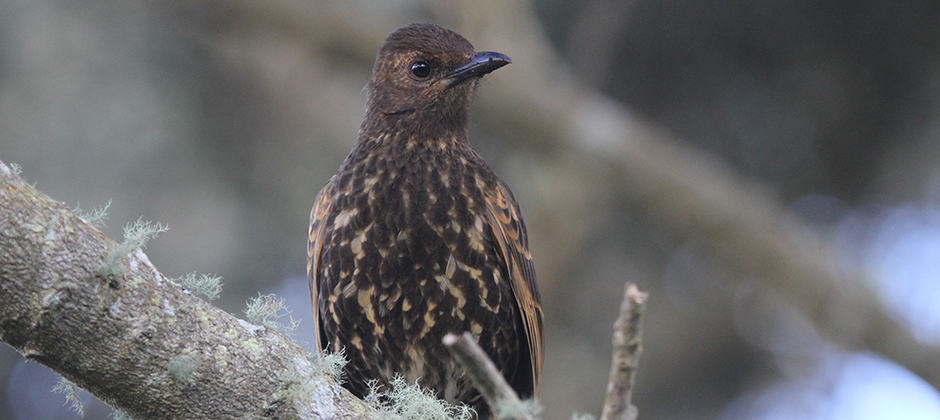Share this article
Citizen science app reveals unique roles islands play for birds
Islands are popular spots for birdwatching—places to get a glimpse of unusual resident species as well as migratory species passing through. As a result, islands have an outsize presence on bird watching apps, like eBird. Researchers found that gives them some unique data to better understand the ecological roles that islands play for birds.
“A couple of years ago we thought there was likely a lot of eBird data on islands,” said Frank La Sorte, a research associate in the Cornell Lab of Ornithology, which created the eBird citizen science app.
In a study published in Proceedings of the Royal Society B: Biological Sciences, La Sorte and his team leveraged eBird information collected on 690 islands, encompassing a variety of sizes, locations, and climates. “It provided a really unique opportunity to address on a global scale how the number of bird species on islands varied from one season to the next,” he said.

Saint Helena’s plover (Charadrius sanctaehelenae). Rafael Arnada, Macaulay Library, Cornell Lab of Ornithology
They used eBird checklists to estimate seasonal species richness of birds on islands, while also taking into account factors like island area, distance from the mainland, isolation from other islands and latitude. Of the world’s 21,813 islands, almost a quarter of them contained eBird checklists.
Some of the findings weren’t surprising. Islands in the Northern Hemisphere had higher species numbers when birds were migrating. Species on tropical islands peaked in the winter. Larger islands had more bird species and remote islands had fewer bird species.
But other findings caught their attention. They found that on remote islands, larger islands didn’t necessarily correspond with more species. That may be because many endemic species have gone extinct, La Sorte said.
They also found that species richness peaked at the mid-latitudes in the North Hemisphere during migration—replicating a pattern that had been documented on the mainland.
La Sorte said these findings are important for a number of reasons. “Up until now, the role of islands for migratory birds had only been examined at local and regional scales,” he said. “The global perspective provided by this study provides the basis to examine the seasonal patterns and drivers of island bird diversity in greater detail.”
Island systems are facing a number of challenges, he added, including climate change and land use change. “The more information we have the better equipped we are to make decisions that will support bird conservation across the world’s islands.”
Header Image: A Tristan thrush (Turdus eremita) perches on a branch on Nightingale Island, an uninhabited island in the South Atlantic between South America and Africa. Credit: James Holmes, Macaulay Library, Cornell Lab of Ornithology








